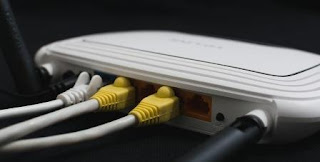Input And Output Devices
15 Input Devices 10 Output Devices Devices Work As Both Input And Output Modem Network card Touch Screen Headsets Facsimile (FAX) Modem - As we know that analog signals transfer in phone line but computer understands only digital signals, so to convert the analog signals into the digital signal and vice-versa modem is used. Modem is considered as both input and output device. Network Card - A Network card (also known as a NIC or network interface card ) is an electronic device that connects a computer to a computer network. With the help of NIC data we receive and send data so NIC works as both input and output device. Touch Screen – A touchscreen is a both input and output device and normally layered on the top of an electronic visual displays such as cell phone, laptop. A user can give input or control the information through simple or multi-touch gestures ...




Comments
Post a Comment